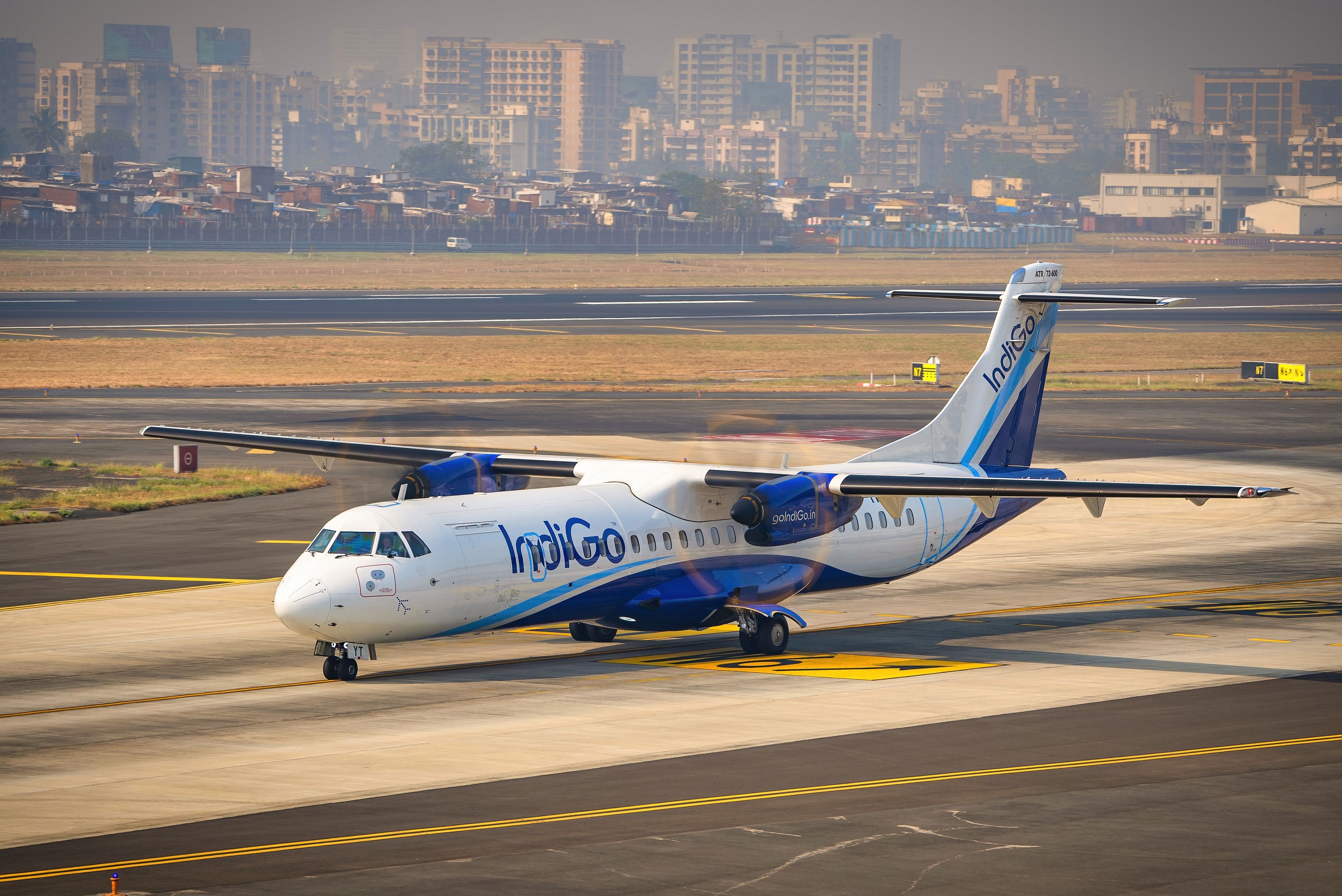Summary IndiGo's ATR pilots will receive iPad 9th gen to boost cockpit efficiency. Replacing paper manuals with iPads has cut 15 kg of weight from IndiGo's ATR planes. The trend of airlines shifting to electronic tools for efficient flights is growing globally.
India’s largest airline, IndiGo, has always been quick to adopt the latest technology to improve operations. And now its latest initiative involves giving the 9th generation iPads to pilots of its ATR fleet in an attempt to enhance cockpit efficiency. New iPads for ATR pilots IndiGo has equipped its ATR pilots with individual iPad 9th-generation devices to enhance operational efficiency.

The airline calls this the ‘NextGen EFB’ (Electronic Flight Bag) program due to the faster, more efficient, and brighter iPad 9th generation, which features an A13 Bionic chip and a 10.2-inch Retina display. Pilots can access all their preloaded documents, charts, and an onboard performance tool on the iPad for precise aircraft monitoring.
The carrier first introduced the EFB on its ATR planes in 2020 during the pandemic and has operated 450,000 flights using this technology so far. While the Airbus A320 family of planes carry out the bulk of IndiGo's operations, the carrier also has a fleet of 45 ATR 72-600 planes for regional flights. Using iPads in the cockpit has helped reduce around 15 kg of paper weight from IndiGo’s ATR planes, improving operational efficiency and reducing carbon footprint.
Captain Ashim Mittra, Senior Vice President Flight Operations, IndiGo, commented, “We're thrilled to be launching the 'NextGen EFB' program, a significant milestone in IndiGo's commitment to technological advancement and our valued pilots. This program not only enhances operational efficiency but also empowers our ATR pilots with the latest tools and resources. We're starting with existing EFB applications in Phase I, with plans to expand functionality and eventually achieve a completely paperless ATR cockpit in Phase II.
We will also integrate the Electronic Flight Folder (EFF), which will revolutionize our current paper processes by automatically importing flight briefing folders to your EFB devices before each flight.” Reducing paper in the cockpit Using digital technology in the cockpit is not new for IndiGo. The airline first introduced the Electronic Flight Bag on its Airbus fleet in 2015, becoming the first in the region to do so.
It was a step in the right direction for many reasons. Digital manuals, with added hyperlinks and color graphics, made life easier for cockpit crew members. Updating the manuals also became much simpler, as it took days before to update paper charts for the entire fleet.
They have also helped the airline significantly reduce its carbon footprint annually. Airlines increasingly ditching paper for digital tools IndiGo is one of many airlines globally that favor digital tech to replace paper in the cockpit. Another Indian carrier, Vistara, announced in 2022 that it was adopting electronic logbook software to go completely paperless in its operations .
The airline partnered with US-based Ultramain Systems to replace traditional paper-based aircraft paper technical log, cabin log, journey log, damage log, and fueling log. The application is used by flight and cabin crew and engineers on iOS for various live processes, like Aircraft Maintenance and Operational Support (AMOS), Aircraft Communication Addressing and Reporting System (ACARS), and Aviation Resource Management System (ARMS). Several other global airlines, including British Airways , SAS, and Japan Airlines, have also been using electronic logbooks to digitize and modernize cockpit operations for more efficient flights.
The company's electronic tech log seeks to modernize pilot operations with a paperless, error-free approach..



















